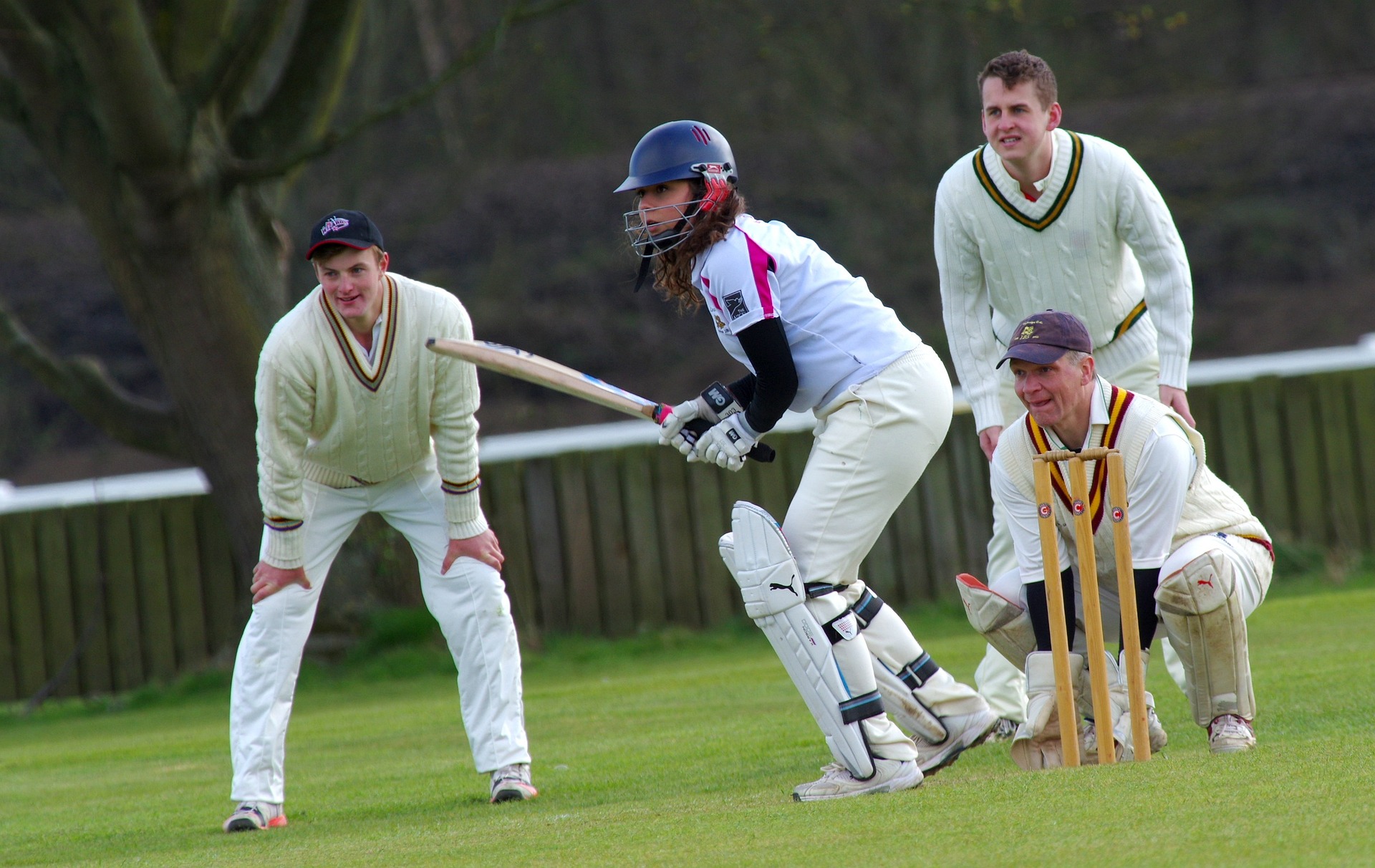Cricket: Rules, Players, Matches, and Stadium Overview
Cricket is a bat-and-ball sport with a global following across multiple formats and levels of play. It blends individual skill and team strategy, with roles for batters, bowlers and fielders, and outcomes decided by runs, wickets, and overs. Understanding the basic rules, how a player contributes, what happens during a match, and how a stadium is arranged helps new viewers appreciate the rhythm and tactics of the game.

What is cricket as a sport?
Cricket is a team sport played between two sides, typically of eleven players each, on an oval field centered on a rectangular pitch. Matches are structured by innings in which one team bats to score runs and the other bowls and fields to restrict scoring and take wickets. The sport has formal Laws maintained by an international body and is played at recreational, domestic, and international levels. Equipment, pitch conditions, and format all influence how the sport unfolds during play.
How does a player fit into a team?
Each player has specific roles: batters aim to score runs, bowlers try to dismiss batters, fielders support both efforts, and the wicketkeeper performs specialized tasks behind the stumps. Captains decide tactics such as bowling changes and field placements. Some players are designated all-rounders, contributing with both bat and ball. Physical fitness, technique, and situational awareness are essential; different formats place varied demands on players’ endurance and skill sets.
What happens during a match?
A match begins with a coin toss that determines which side bats first. Play proceeds in overs — groups of six legal deliveries by one bowler — and an innings lasts until a set number of overs are completed or ten batters are out. Runs are scored by running between the wickets or hitting boundaries. Dismissals include bowled, caught, LBW, run out, and stumped. Match results can be a win, tie, draw (in longer formats), or no result if play is abandoned, with strategies adjusted to the target, pitch, and remaining overs.
How is a stadium arranged for cricket?
A cricket stadium centers on the pitch, a 22-yard strip where bowlers deliver the ball and batters face it. Around the pitch is the playing field with a marked boundary; spectator stands and pavilions encircle the ground. Stadiums often include player facilities, practice nets, electronic scoreboards, and broadcast infrastructure. Pitch preparation — grass length, moisture, and hardness — affects ball behavior. Capacity, sightlines, and pitch orientation are practical considerations for hosting different levels of matches.
How do formats change how players and matches unfold?
Cricket formats range from multi-day Test matches to limited-overs One Day Internationals (ODIs) and Twenty20 (T20) games. Tests allow two innings per side and emphasize endurance, technique, and long-term tactics. ODIs and T20s limit overs per innings, encouraging faster scoring and more aggressive bowling; fielding restrictions and powerplay rules further shape strategy. Players often adapt roles across formats: some specialize in the patience and technique needed for longer matches, while others excel in high-tempo, short-format situations.
How can fans follow cricket and local services for play?
Fans can follow match coverage through broadcasters, official streaming platforms, and live score websites that report player statistics and match updates. Local services such as community clubs, coaching academies, and indoor nets provide opportunities to play or learn the game in your area. Many clubs organize fixtures at amateur and youth levels, offering pathways for development and regular practice. Engaging with local services helps new players experience match conditions, stadium environments, and teamwork firsthand.
Cricket combines clear rules with a wide variety of playing conditions, formats, and player roles, making it a sport that rewards both technical skill and tactical thinking. Whether watching a tightly contested match at a stadium or joining a local club, understanding the basics of how runs are scored, how players function within a team, and how different formats influence play provides a solid foundation for appreciating the game.






